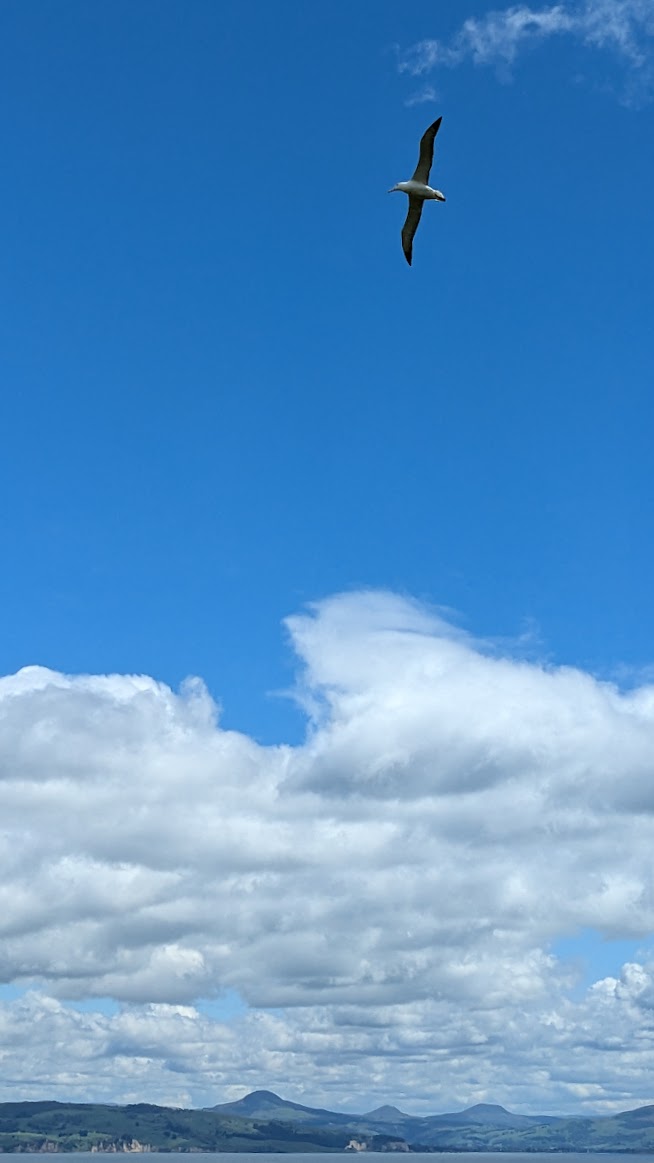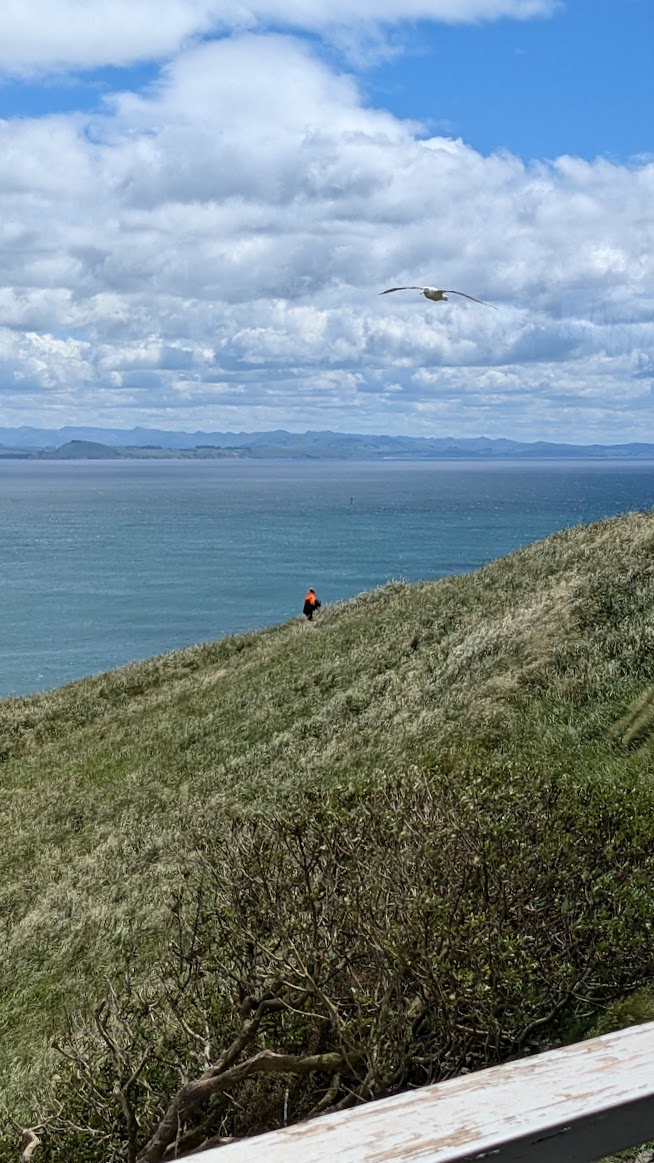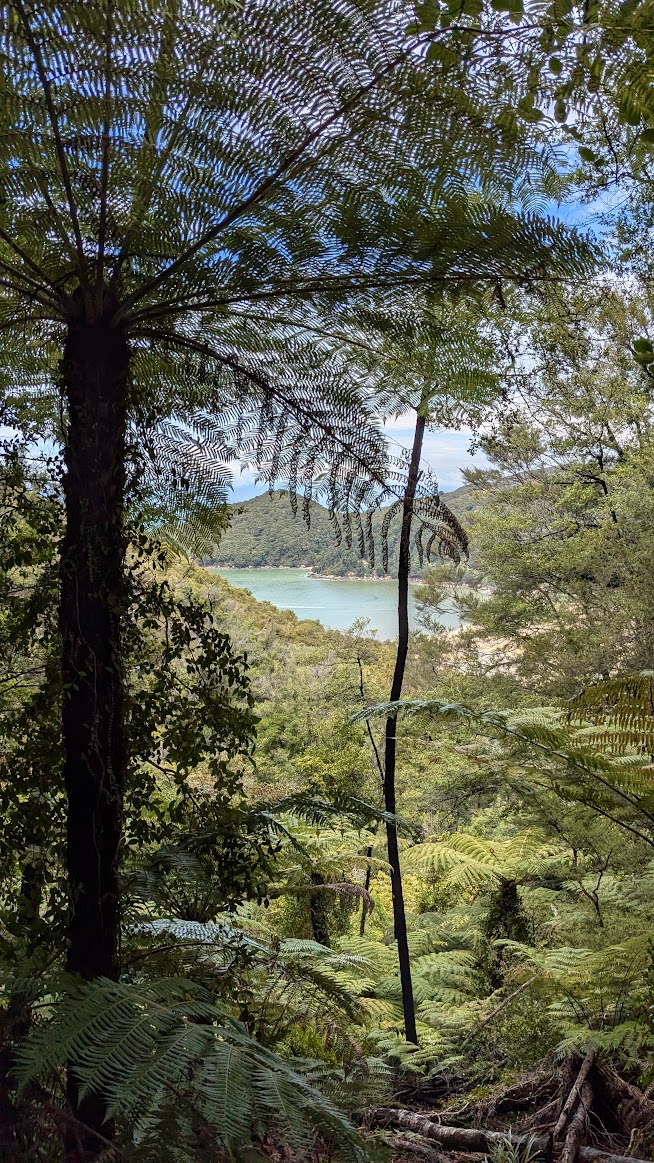Caring About a Royal Family
posted by on December 8, 2024

In college, I spent a summer doing an independent study on how to make a robot bird that could fly. I watched documentaries, I did wikipedia deep-dives, I learned musculoskeletal structures and how they varied across species, I studied the modes of flight among differently sized and shaped birds, and I looked at the state of the art in ornithopter-design at private robotics companies. I learned that the reason predatory raptors like vultures are often depicted circling overhead in cartoons was to do with the ways that they used static soaring from thermal gradiants to gain altitude without using much of their own energy. I also learned that the bird with the largest wingspan in the world1, the albatross, used dynamic soaring to build speed from taking advantage of the boundary of wind gradients. I planned to use slope soaring as a means to achieve lift, since my college had a gradual slope with a prevailing wind, and because it seemed to have the least amoung of moving parts.2

As soon as I learned about the albatross, I was compelled: it’s a bird that has trouble taking off compared to other flight-ful birds with smaller wingspans. For…


